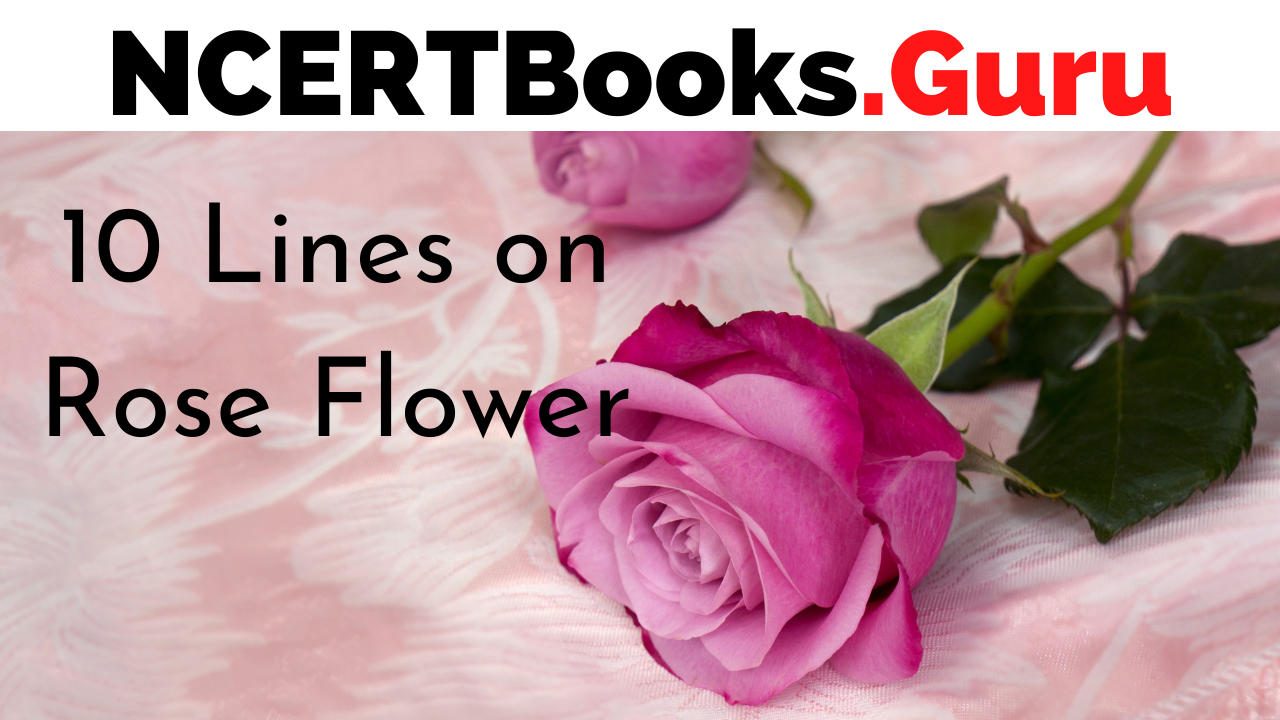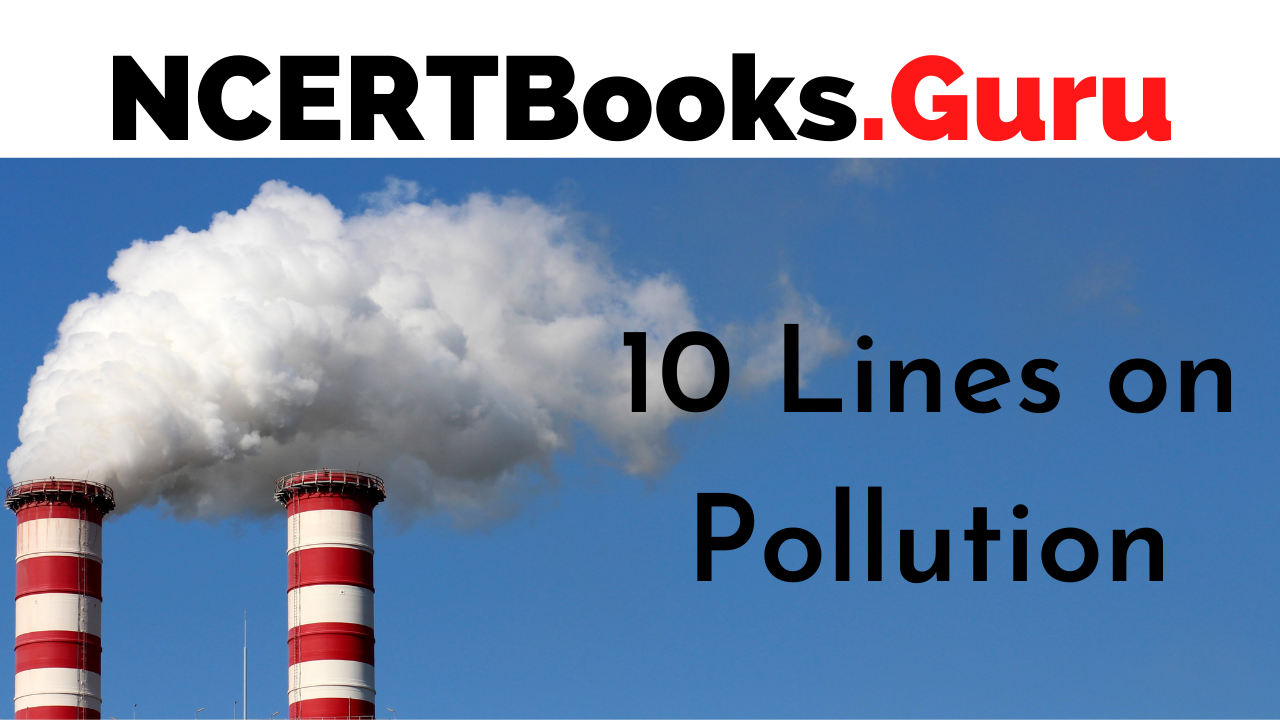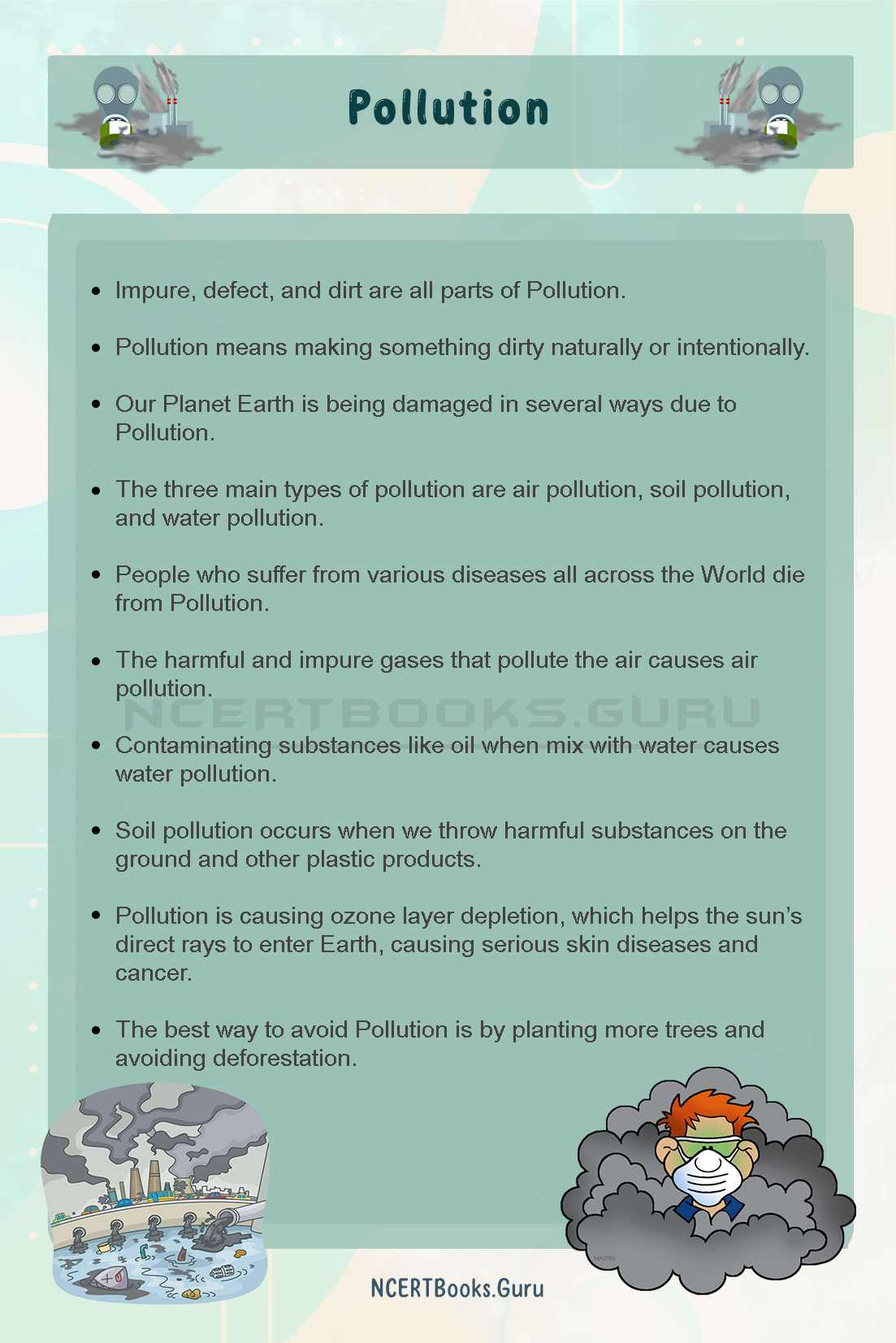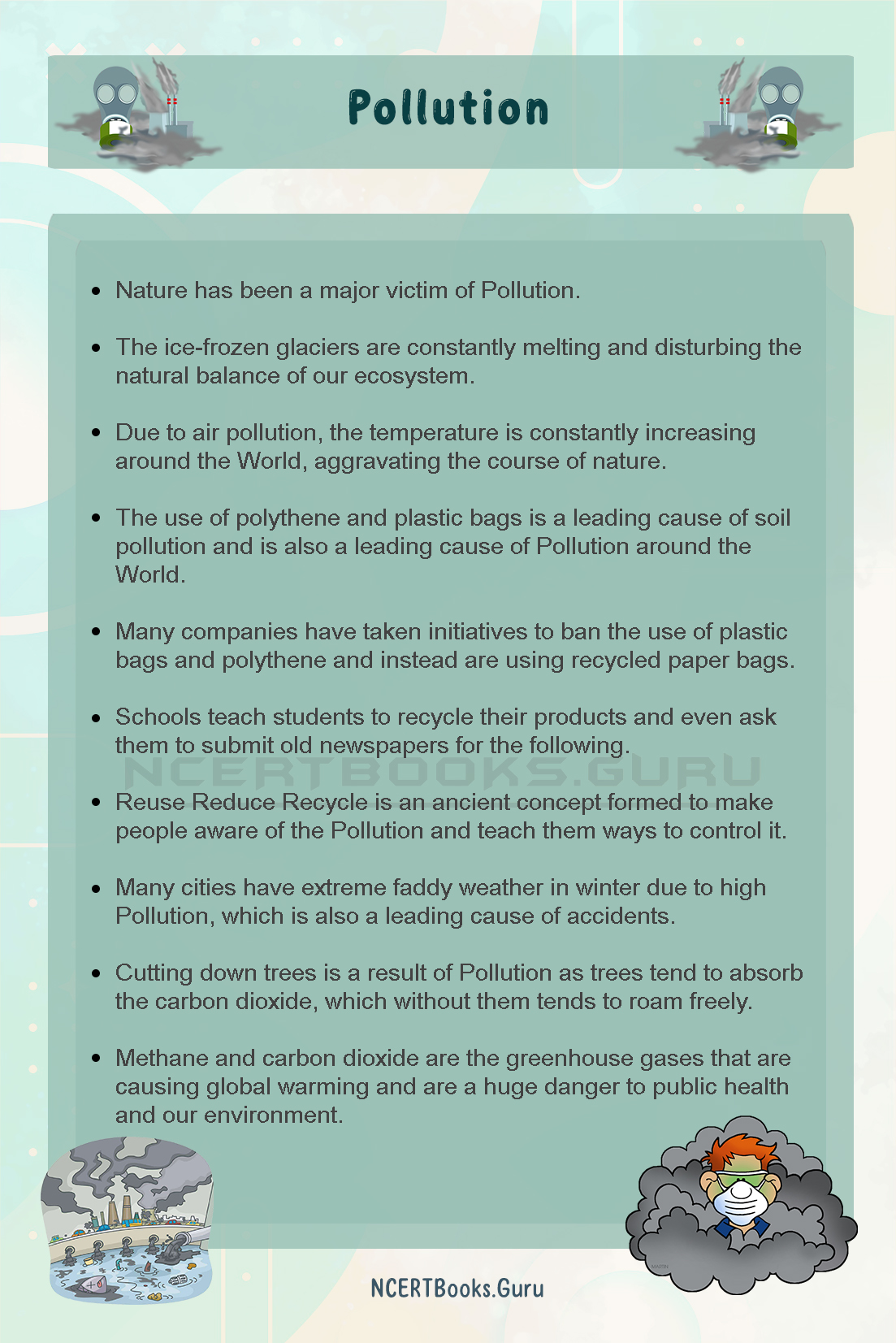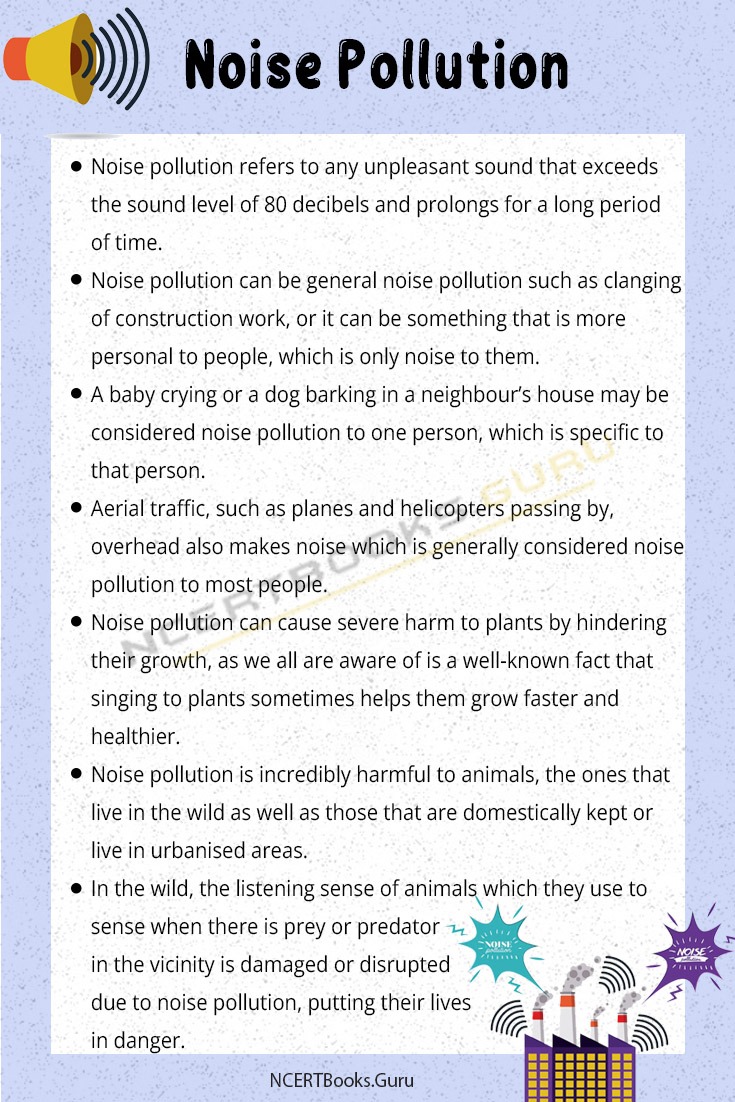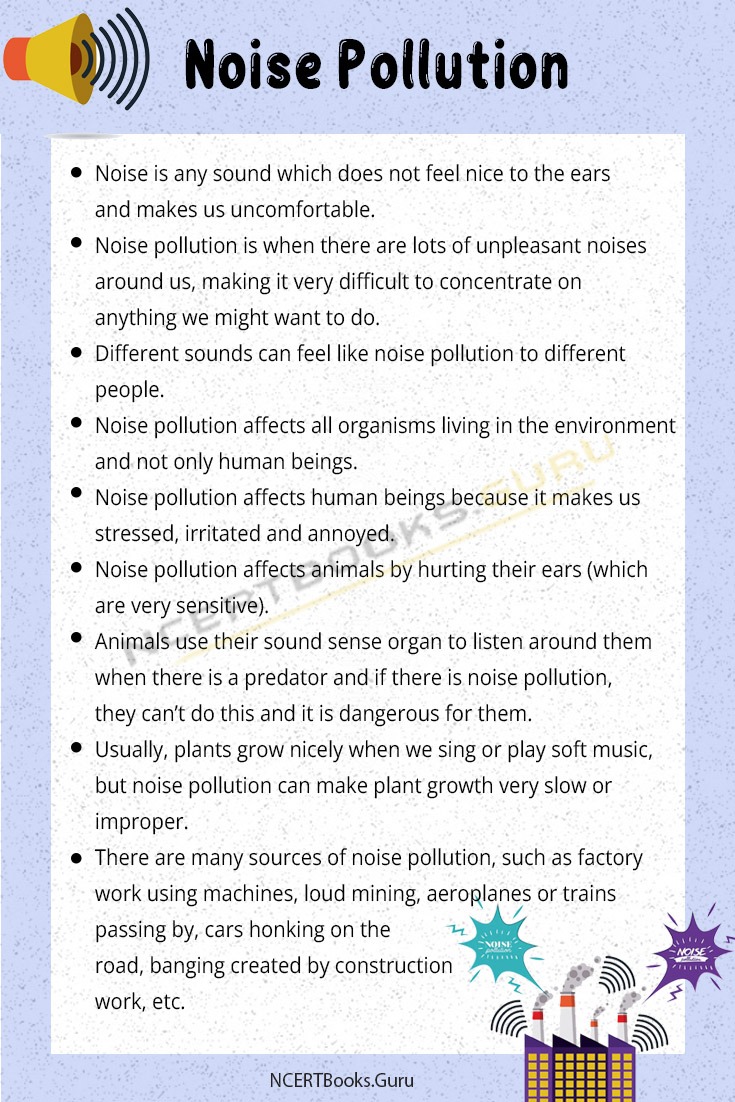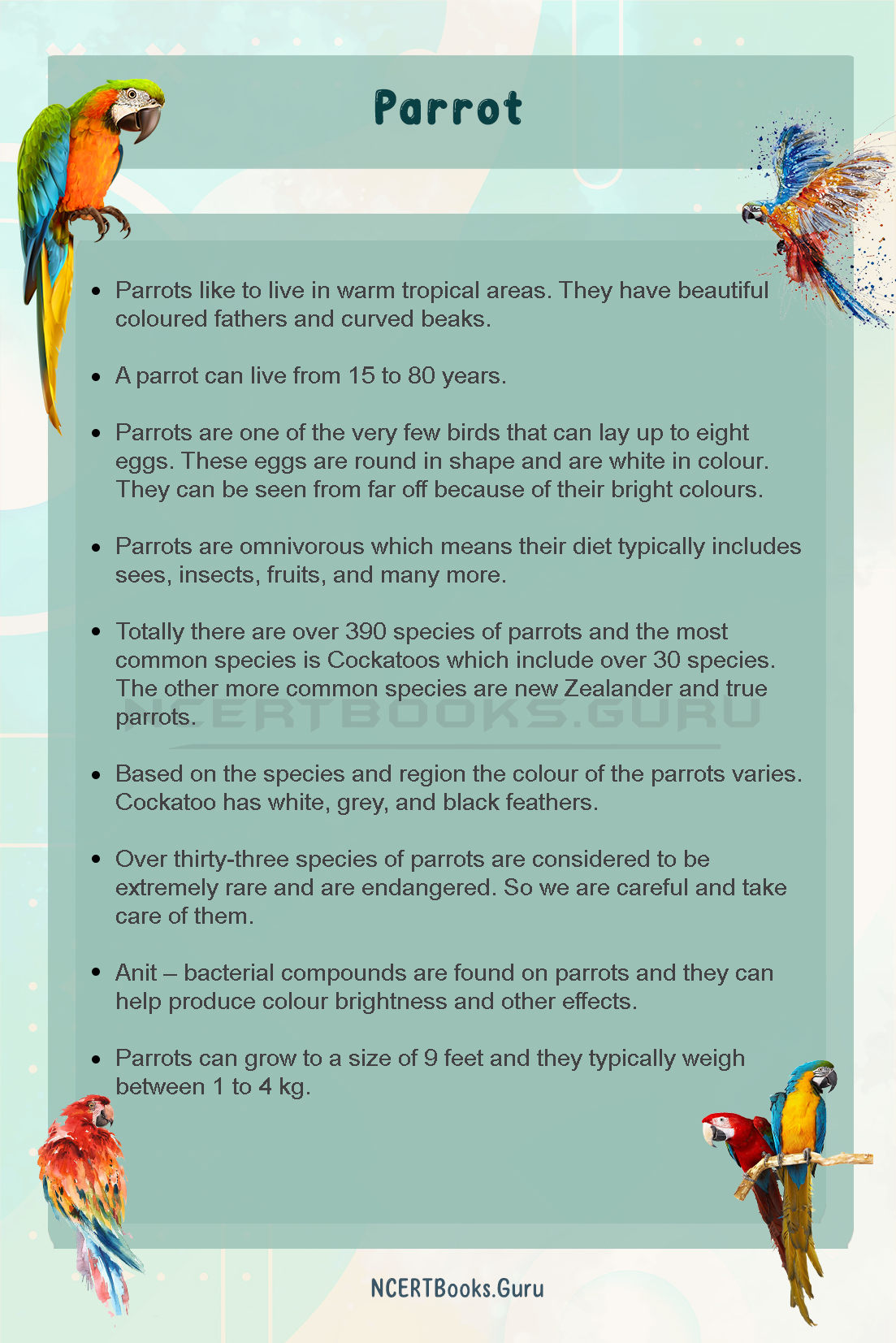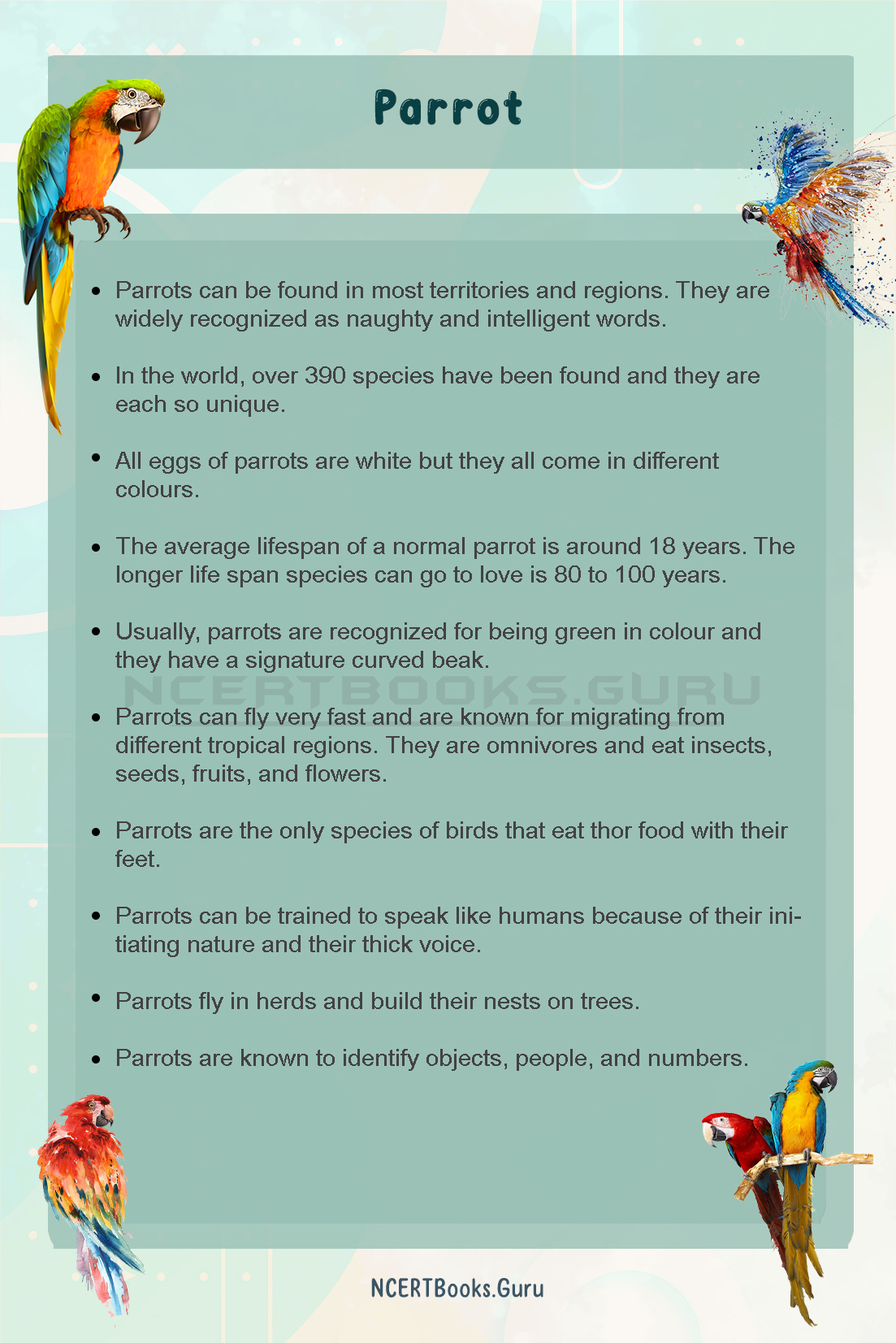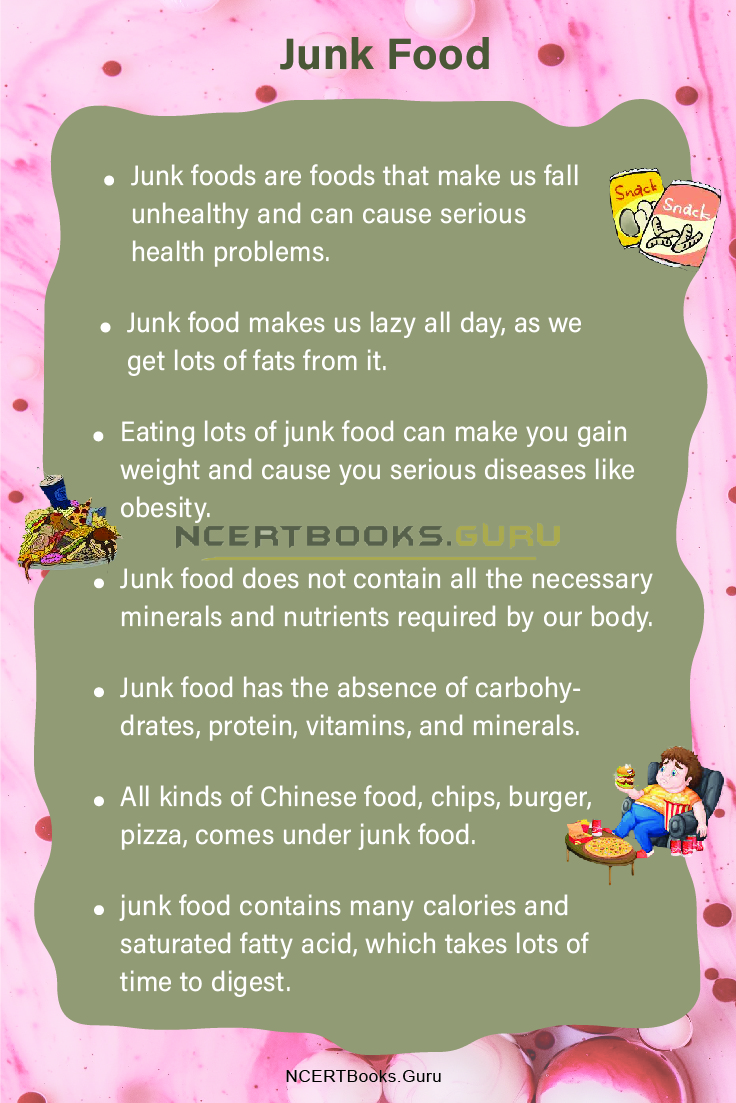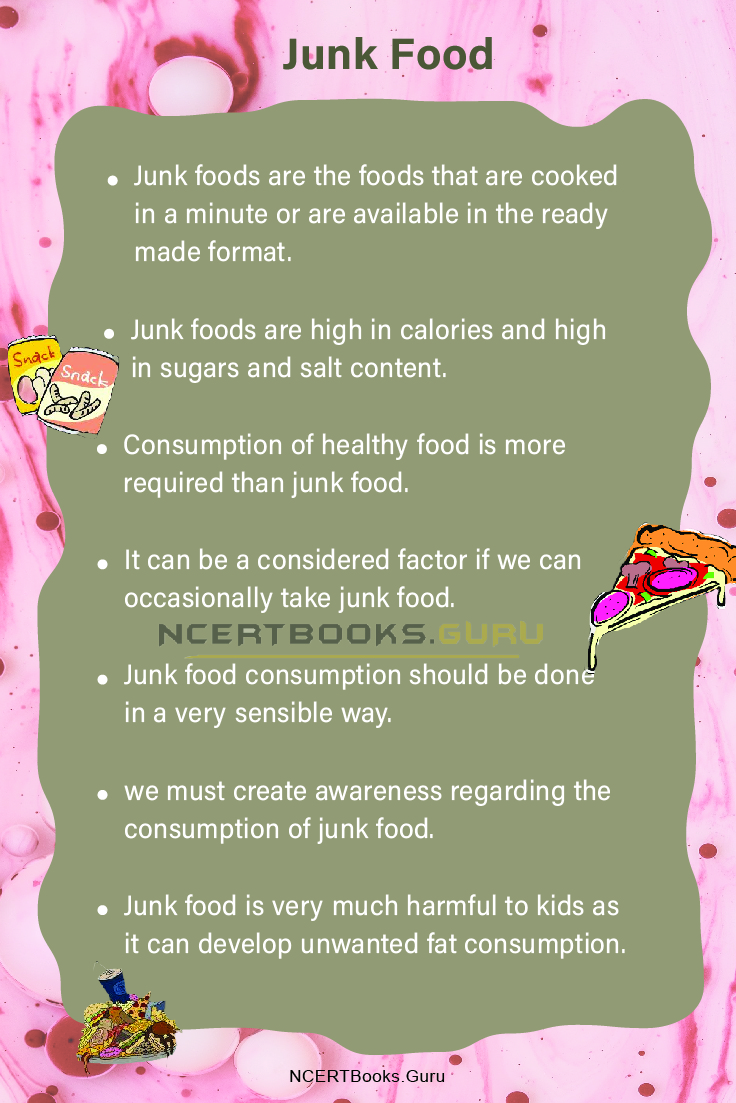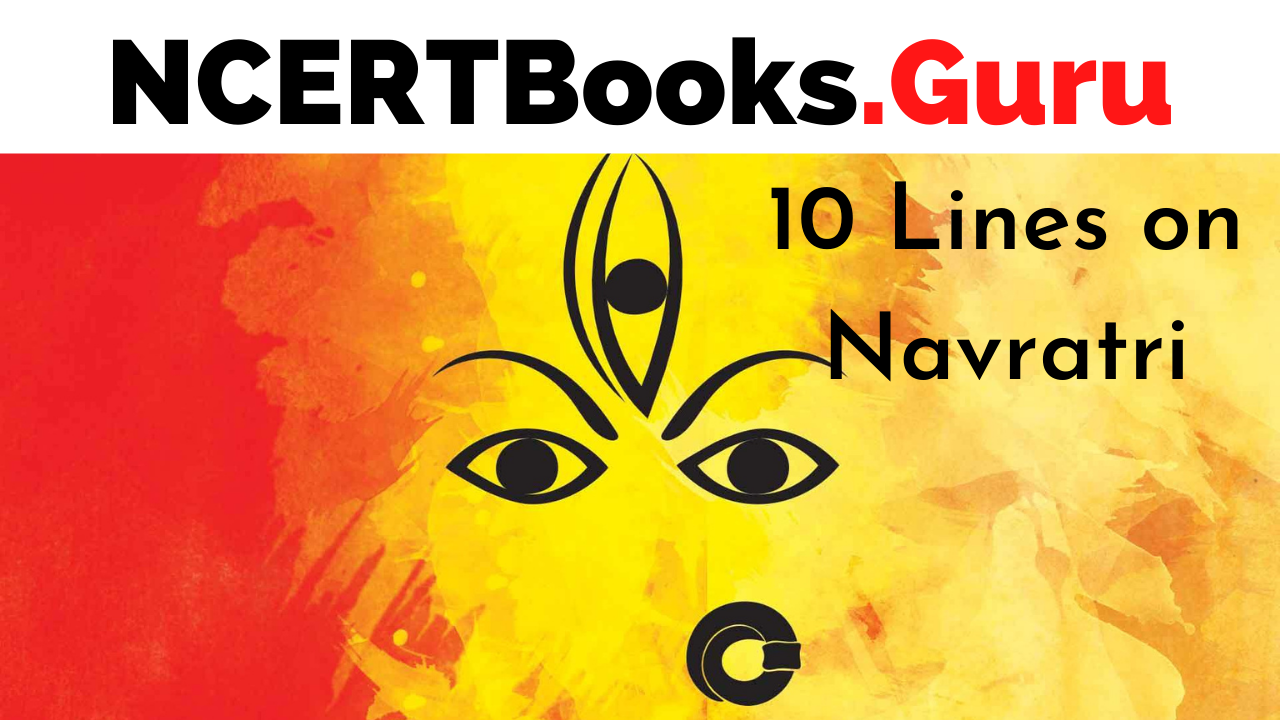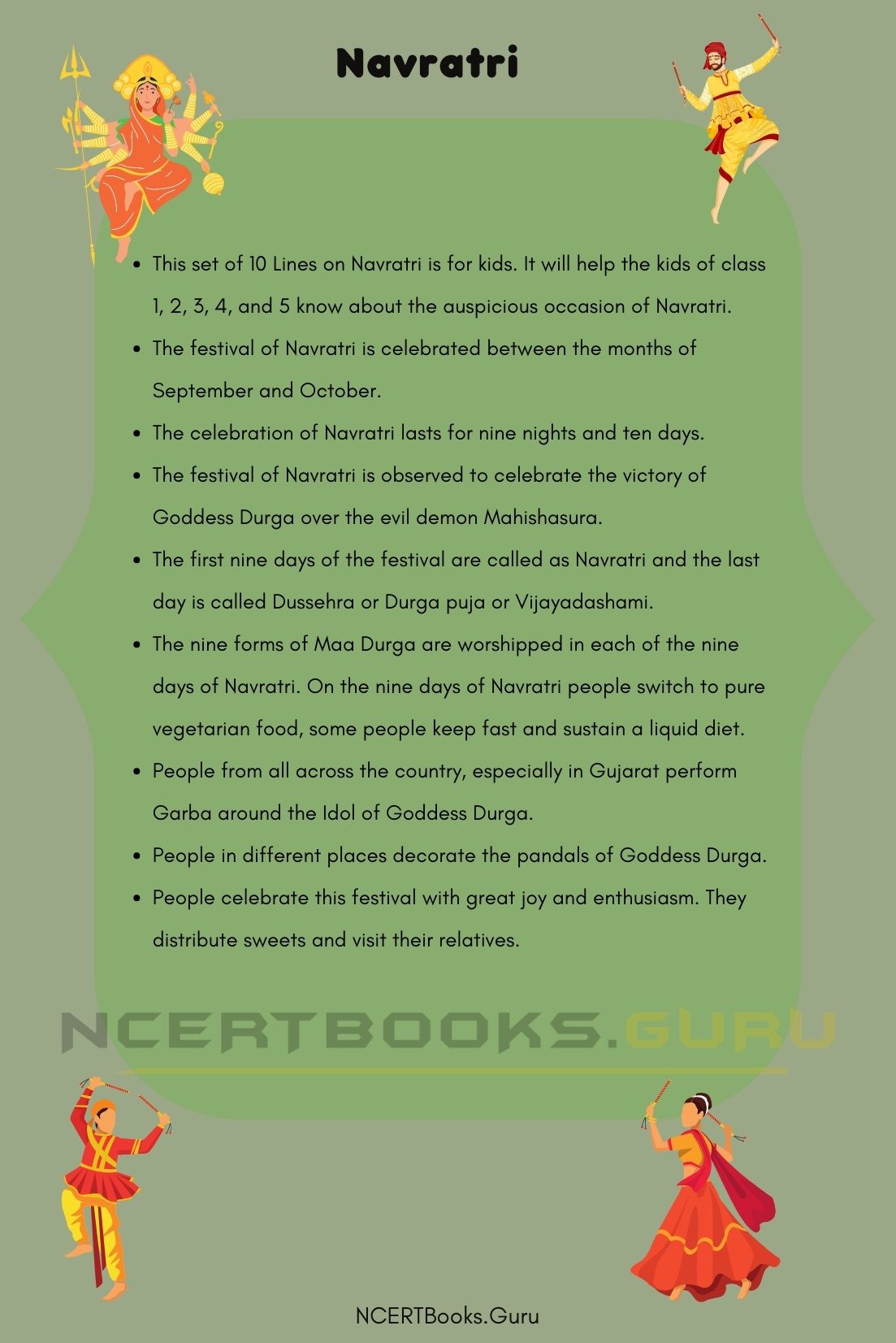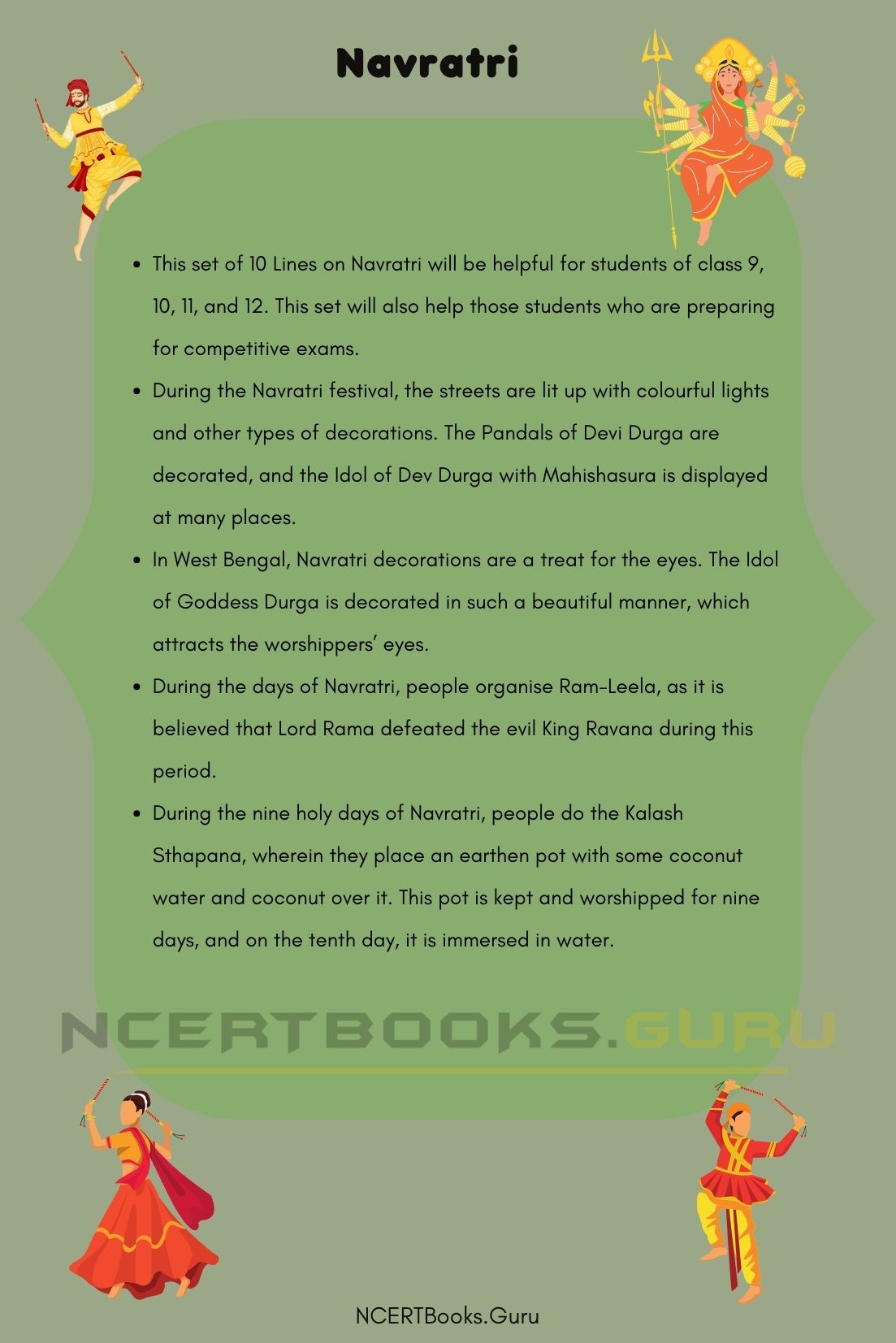10 Lines on Rose Flower: A rose is a woody annual flowering plant with over three hundred species and ten thousands of cultivars. These flowers vary in size and form and are usually large and flashy, in colours ranging from white through yellows and reds. They also have a delightful fragrance, which varies according to the variety and climate conditions.
Most rose species are native to Asia, with smaller numbers being native to America and a few to Europe and North-West Africa. The plants are mainly erect, and the stems are usually copiously armed with prickles of various shapes and sizes, called thorns. Roses, in today’s world, have acquired cultural importance in many societies.
Enhance your vocabulary and writing skills with 10 Lines Essays available. Spark up the creativity in you and access various Topics on 10 Lines all in one place.
Set 1 – 10 Lines on Rose Flower for kids
Set 1 is helpful for students of Classes 1, 2, 3, 4 and 5.
- Roses are of many colours, mainly red, yellow, and pink.
- Rose flower is viewed as a symbol of balance.
- Rose has an attractive and a pleasant fragrance.
- The rose flower is famous all over the world for its beauty.
- Rose is a common plant and is found in almost every garden. They are known as garden roses.
- Rose petals and flowers are used for decoration purposes during festivals and special occasions.
- Rose flowers are very tender and inspire us to behave gently.
- Rose Day is celebrated on 12th February every year.
- Roses have medicinal uses, and rose water can relieve eye pain.
- Evergreen roses are found every season, while seasonal roses bloom only in the spring season.
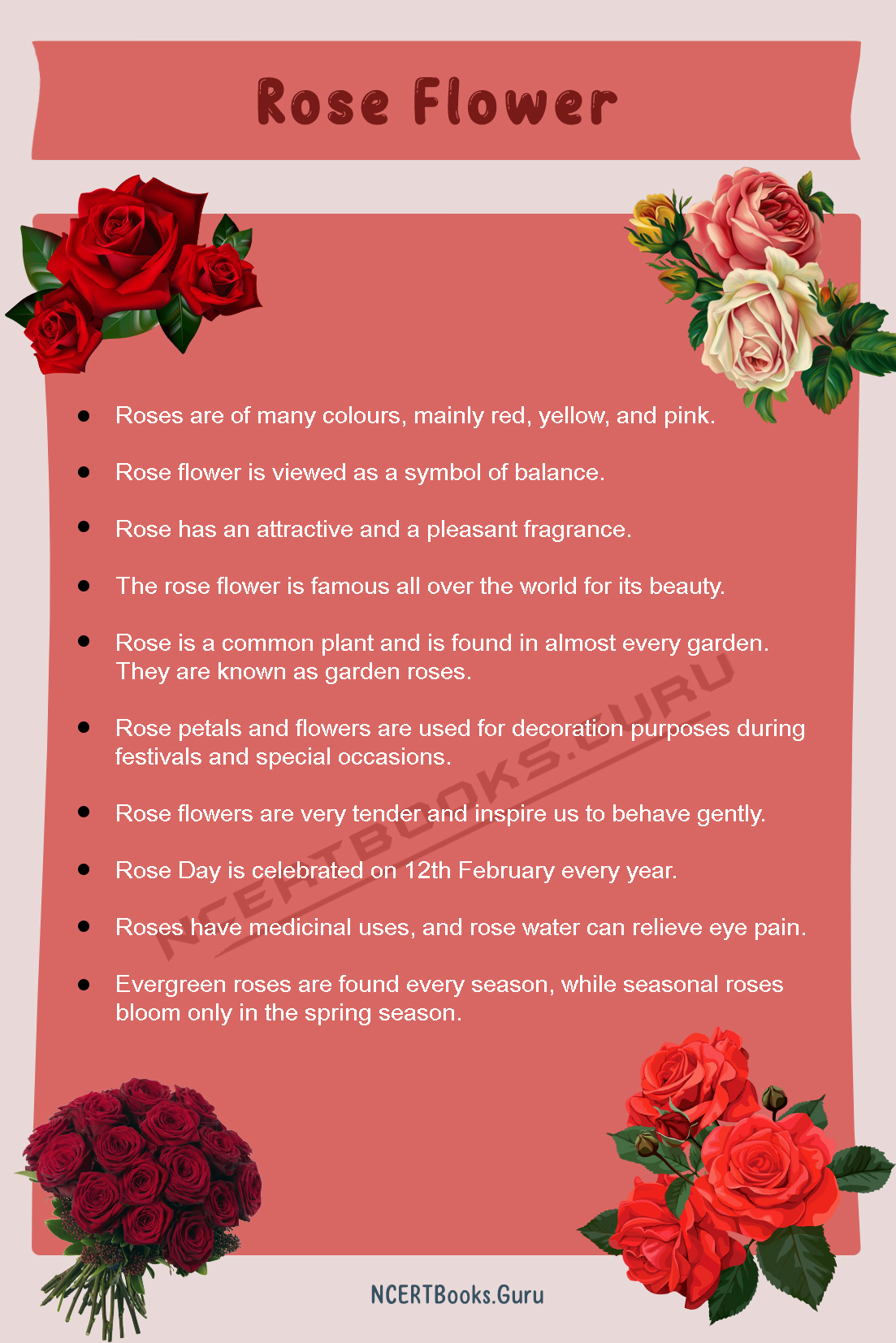
Set 2 – 10 Lines on Rose Flower for School Children
Set 2 is helpful for students of Classes 6, 7 and 8.
- Most of the rose flowers are found in Asia and are mostly red in colour.
- Roses are used for making perfumes because of its beautiful fragrance and intense aroma.
- Garlands made out of rose flowers are commonly used for worship and decoration purposes in temples.
- Rose flowers are found to have more than a hundred species based on colours, different sizes, and climatic conditions in which they are cultivated.
- Rose plants are often grown in the lawns of houses, schools, institutions, hospitals, etc. for decoration.
- The rose plant is a shrub, and thus it is short and bushy.
- The rose flower stem has small and sharp thorns on it to protect itself from herbivores.
- A garden without a rose plant always feels incomplete and empty.
- Rose petals are soft and velvety and act as antiseptics.
- Necklaces and bouquets made out of Rose flowers can be used as gifts.
Set 3 – 10 Lines on Rose Flower for Higher Class Students
Set 3 is helpful for students of Classes 9, 10, 11, 12 and Competitive Exams.
- Different species, cultivars and hybrids of the rose flower are widely grown for their beauty and fragrance.
- Rose plants can range from small, miniature roses to climbers that can reach seven metres in height.
- Rose flowers can be either low-maintenance or high-maintenance. Old garden roses and shrub roses required little to no care to sustain while hybrid tea and polyantha or modern roses are considered high-maintenance species.
- Rose flowers are sometimes used as food, and very commonly used as flavouring or scents.
- Roses are the epitome of beauty, because of their dazzling colour combination, sweet scent, delicate and fragile petals.
- In western culture, the red rose’s significance dates back to Greek mythology, and the belief that the Goddess of love created roses.
- Rose flowers are most commonly associated with love and romance, and sometimes secrecy or confidentiality.
- Floribunda roses are among the longest blooming roses because they can bloom continuously from early spring to late fall, depending on the cultivars.
- Pink roses symbolise gratitude, grace and joy. They also suggest gentleness compared to a typical bright red rose.
- Blue roses are not natural but can be obtained through dyeing.
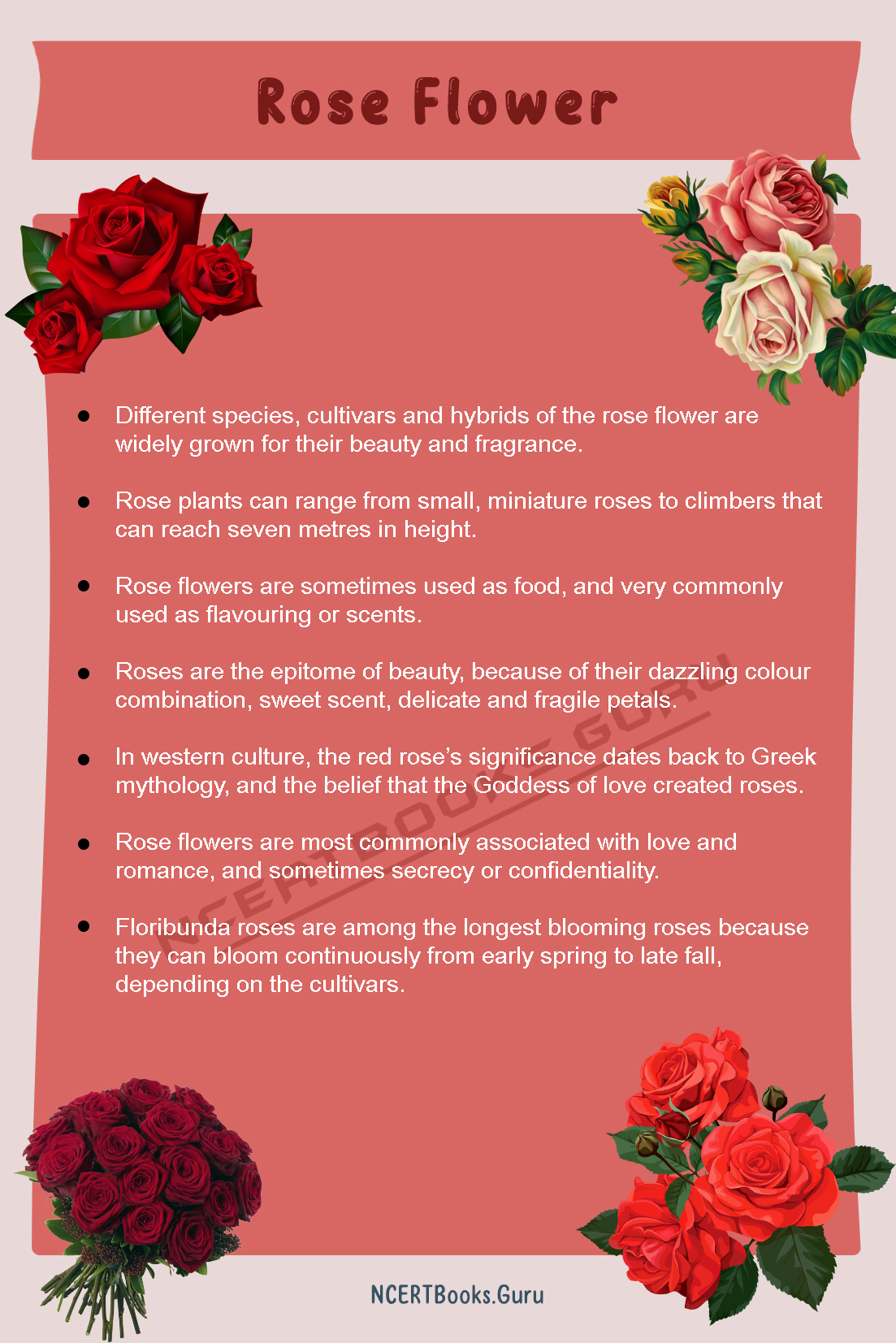
Frequently Asked Questions on Rose Flower
Question 1.
What is the finest time to plant roses?
Answer:
Roses are best planted in spring after the last frost or in fall which is at least six weeks before the moderate first frost. Planting early enough in fall gives the root enough time to establish before the plants go dormant over the winter.
Question 2.
How many years does a rose plant live?
Answer:
An average lifespan of rose is 35 years, but they can go much longer. Regular feeding and thick mulching is the key to longevity.
Question 3.
Are the black colour rose flowers natural?
Answer:
Natural roses that are called “black” are actually a very dark red or purple colour. One can only obtain black roses through dying. Black roses symbolise death, rebirth and darkness.
Question 4.
Do roses need a lot of water?
Answer:
Soil, temperature, and neighbouring plants affect how much moisture a rose plant requires. In temperate conditions, weekly watering is usually enough. Two inches of water a week, which is about four to five gallons, maybe all that is needed. If the ground soil is sandy or the garden is hot, dry or breezy, more frequent watering may be necessary.
